By: Max Curley
Intro
Noise pollution can be anywhere you go, it’s hard to escape it. Some people are so used to it that they might not even consider it to be “noise pollution”. So what exactly is it, and how does it pollute? In this webpage, I’m going to go over what actually constitutes noise pollution and show you the environmental impact it can indicate. So come on, feel the noise!
Definitions
What counts as noise? How can you define something that can be very subjective? Oxford says it is “a sound, especially one that is loud or unpleasant or that causes disturbance.” Merriam Webster defines it as “a sound, especially one that lacks an agreeable quality or is noticeably unpleasant or loud.” and Cambridge says it’s “a sound or sounds, especially when it is unwanted, unpleasant, or loud.” One thing is clear through all of these definitions, noise is not wanted. But who decides what sounds are unwanted?
With regards to noise pollution, Oxford defines it as “harmful or annoying levels of noise, as from airplanes, industry, etc.”, and Britannica says it is “unwanted or excessive sound that can have deleterious effects on human health, wildlife, and environmental quality.” Both definitions use subjective terms again like “unwanted” and “annoying” but place a more negative connotation on it than just regular noise. Noise pollution can have an apparent impact and may exclusively originate from humans, like other forms of pollution.
Soundscapes
Soundscapes are the collection of sounds heard in a given area. Everywhere has its own soundscape, often with sounds that go unnoticed or are so common in the background that they’re tuned out. Soundscape ecology seeks to analyze the ecological properties of these sounds in their specific areas. The field looks at aspects such as the niche certain sounds fill in a soundscape, the diversity of sounds, and the interaction between different types of sound (such as those made by humans and animals) to help determine the health of a landscape. Researchers tend to use graphs and representations of waveforms to visualize these aspects. The field is very relevant to the examples presented below.
Traffic
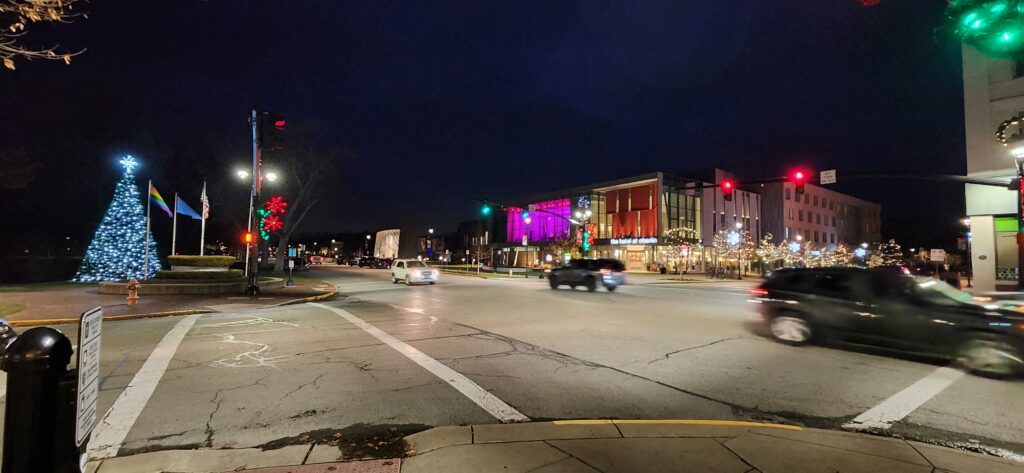
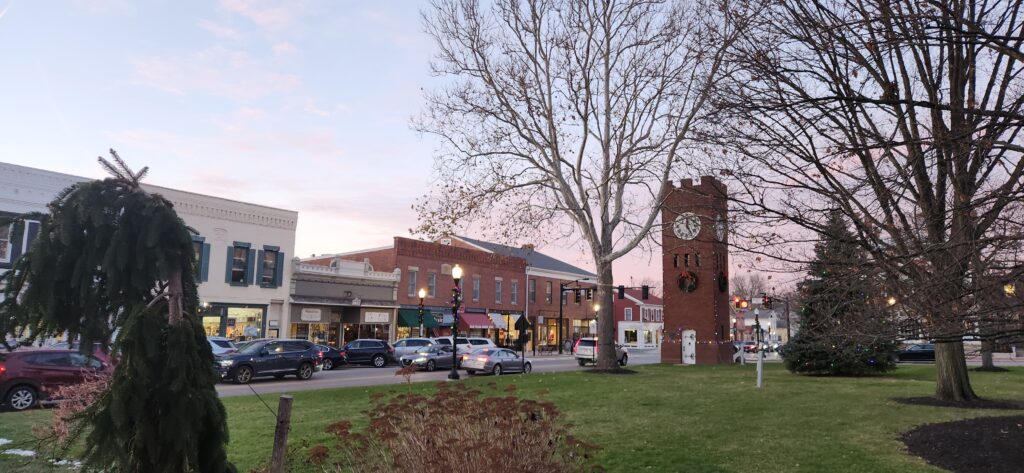
Perhaps one of if not the most prevalent sources of noise pollution. The sound of cars zooming by and traffic signals going off dominate the soundscapes of American downtowns you come across. It can project across a large distance, especially traffic on a major highway, which can still be audible miles away from the source of the sound.
Noisy Buildings
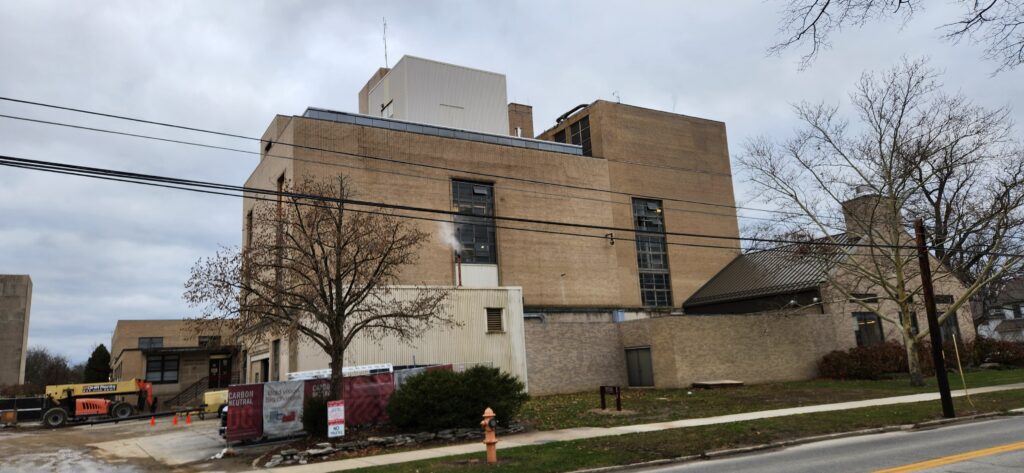
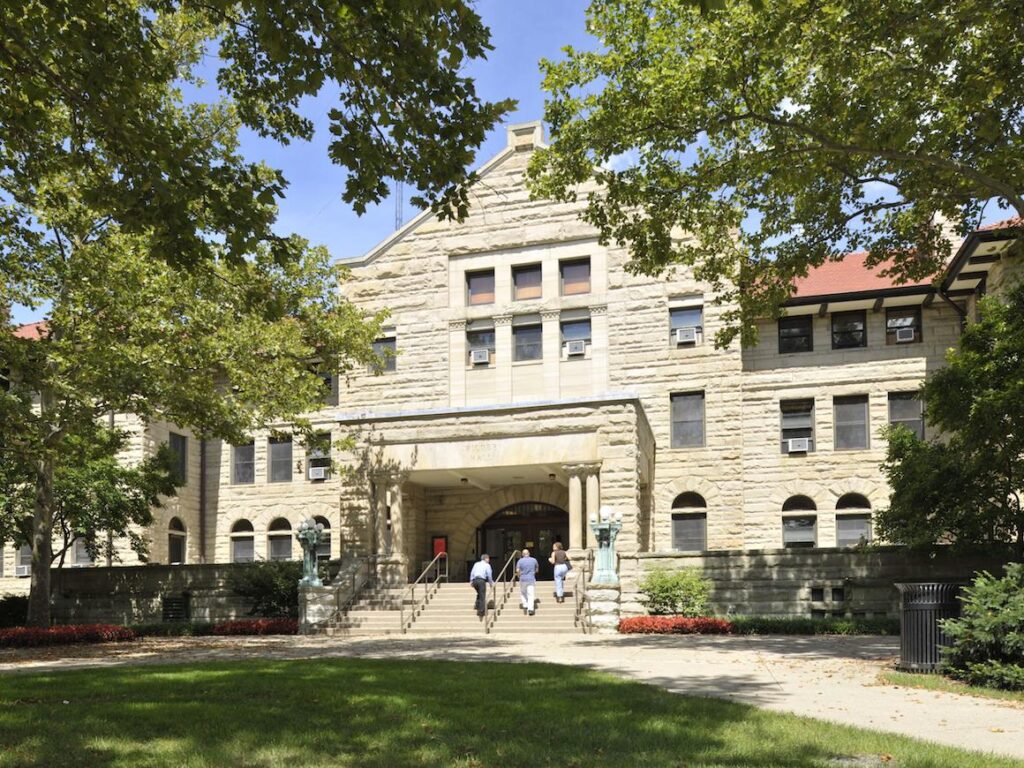
A staple of noise pollution, especially on the campus of Oberlin. The AC units and generators on or near these buildings completely dominate the soundscape around them. You can hear the whirring from the service building (the first picture/clip) throughout much of campus. It alone is probably one of the most consistent sources of noise pollution there. The Wilder AC unit is very loud but doesn’t have the far-reaching impact of the service building’s distinct sound.
Construction
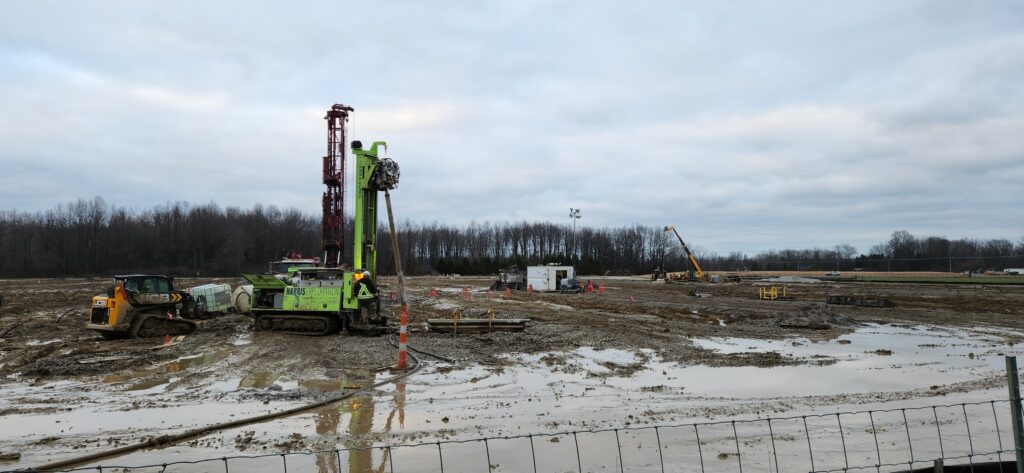
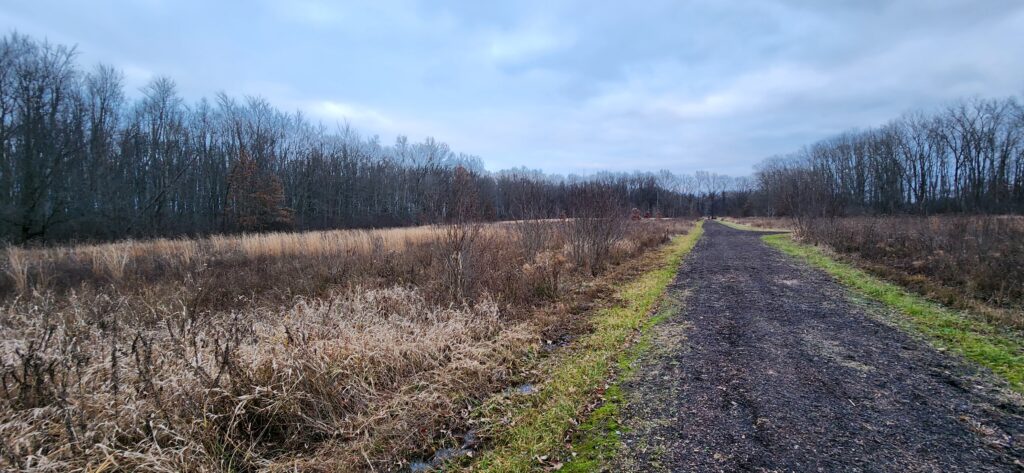
The most egregious example of noise pollution on campus, construction is generally one of the loudest and most intrusive types there is. There is a lot of it going on around Oberlin, but the biggest example has to be the construction currently happening at Oberlin. While near it, one can hear the constant rumbling of machinery and vehicles laid over the gushing of mud. It has devastated the environment around it both audibly and visually, and it ironically is being done right next to a nature preserve. I ventured further away from the construction, going deeper into the park (which is seen/heard with the second example), and the noise of construction is very much present. On top of that, what should have been a soundscape of birds chirping and animals moving about is reduced to silence outside of the construction in the distance.
Noise Pollution in Parks
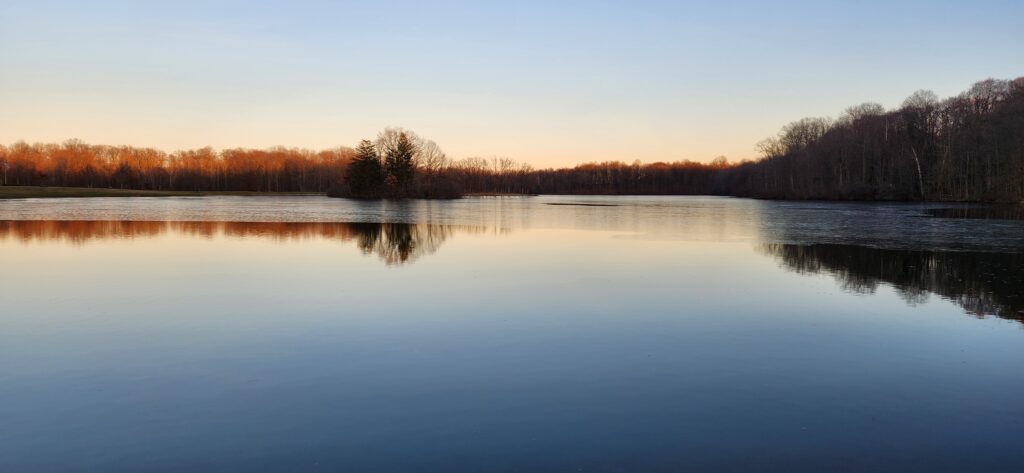
After checking out the nature preserve and the construction near it in Oberlin, I thought I’d visit one of the parks in my hometown as a contrast to the noise pollution there. While there were definitely more biophonic sounds in the soundscape such as birds chirping, branches rustling, and animals moving through the leaf-covered forest floor, there was unfortunately some noise pollution lurking in the distance. It came in the form of the noise of traffic on the turnpike, its distant rumble was heard throughout the entire park. The noise served as a reminder that noise pollution is hard to escape, even at places where you’d think there would be almost none.
Impact
As these examples have demonstrated, noise pollution can illustrate how humans have impacted environments. The most glaring example of this was at the north field nature preserve. The lack of biophonic sounds in the middle of a park can be explained by the blaring construction happening right next to it, disrupting its soundscape. The presence of a loud swath of anthrophonic sounds can overwhelm a soundscape present in an ecosystem, leading to plants and animals not being able to fill their sonic niche, thus damaging the ecosystem.
Noise pollution can have a negative impact on people too. It has been shown to be linked to health issues such as heart problems and sleeping problems, and it has also been shown to impact students’ concentration and performance at school. Unfortunately, these problems impact those living in low-income areas the most. This is due to low-income areas having the most noise pollution because of things such as lots of infrastructure typically being placed around them.
Conclusion
In conclusion, noise pollution can come in many forms. It is hard to escape, so much so that people often tune it out. Some people enjoy it and consider it part of their area’s character. It can have a negative impact on ecosystems and can show the affects of other things impacting an environment as well. Noise pollution can have a negative impact on people as well. There is no easy solution to it, as many people depend on the infrastructure and construction from which it comes from. What does help is spreading awareness about its existence, allowing more people to consider it and the ways it may affect their lives.
Sources Used
Bryan C. Pijanowski, Luis J. Villanueva-Rivera, Sarah L. Dumyahn, Almo Farina, Bernie L. Krause, Brian M. Napoletano, Stuart H. Gage and Nadia Pieretti. 2011. “Soundscape Ecology: The Science of Sound in the Landscape.” BioScience 61(3): 203-216.
Budds, Diana. “Urban Poverty has a Sound- and it’s Loud.” Fast Company, 16 June 2023, https://www.fastcompany.com/90107856/urban-poverty-has-a-sound-and-its-loud?authuser=0. Accessed 30 November 2023.Wichmann, Nick. “Dyckman’s deafening daily drumbeat: A local resident is sick of the noise.” New York Daily News, 22 September 2021, https://www.nydailynews.com/opinion/ann-votaw-dyckman-deafening-daily-drumbeat-article-1.2713353?authuser=0. Accessed 30 November 2023.
Definitions: https://www.merriam-webster.com/dictionary/noise